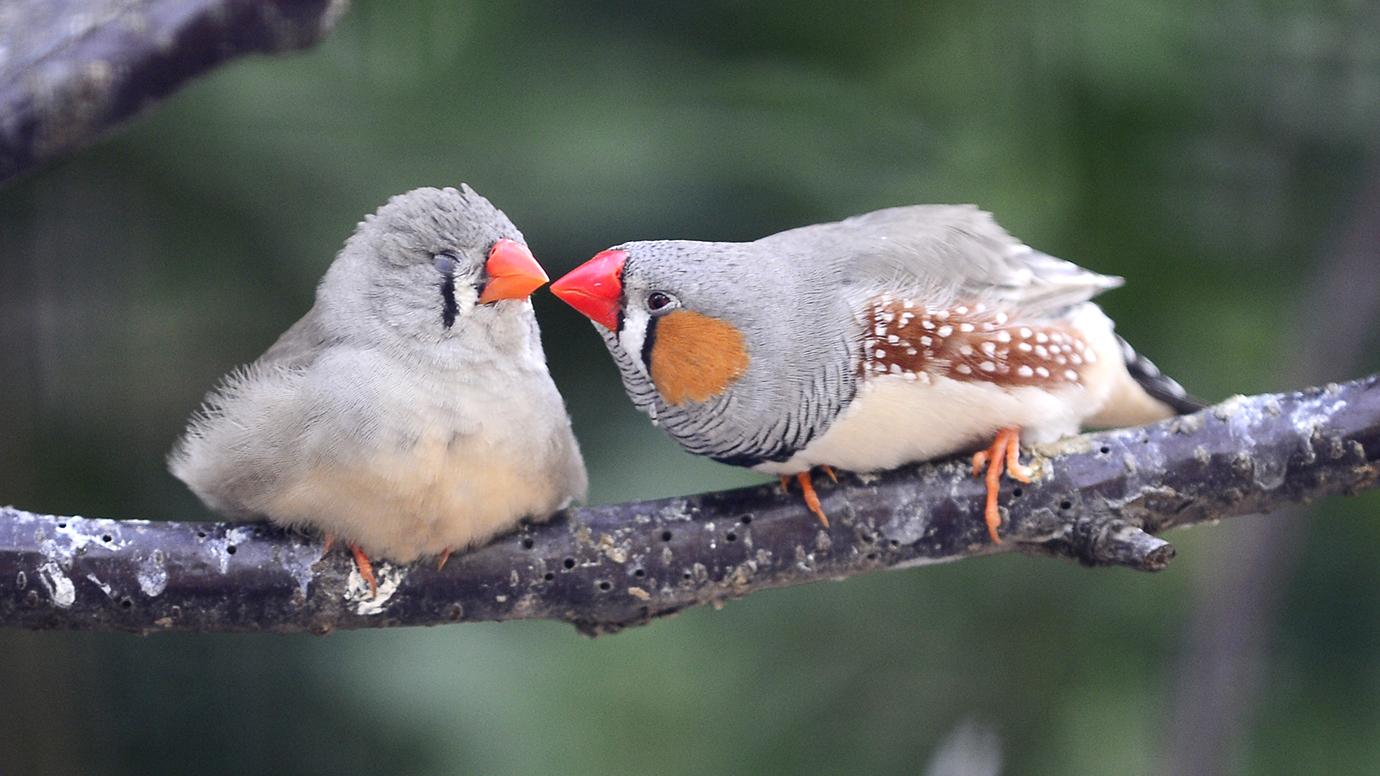Although studying the delicate rhythms of seduction among humans is deeply fascinating to many, some biologists prefer to devote their attention to the courtship rituals of birds. Being highly social animals, numerous species of birds display sophisticated forms of socialization, even “romance”—their bird song being an essential seduction technique. Avian vocal communication is extremely intricate, and it is not just what they sing that counts, but how they sing it.
Birds are of particular interest to behavioural researchers due to their complex social lives and communication habits. Researchers at the Sarah Woolley Lab and Sakata Bird Song Lab published their recent findings on the subtle nuances of bird song at behavioural and computational levels, respectively, in a joint paper in PLOS Computational Biology.
“Because they are one of the few groups of animals that learn their vocalizations in the same way that we learn how to speak, you can make lots of connections [to the human brain],” Woolley said in an interview with The McGill Tribune. “They are also very social birds [….] Zebra finches are socially monogamous, they form these long term pair bonds, they learn to recognize each other [in part] by their vocalizations.”
Birds exhibit an impressive range of vocalizations. A danger warning is communicated with a short shout known as a “call,” whereas mating activity involves longer songs. These songs can be extensive and detailed and are constructed out of shorter phrases called “motifs.”
When male zebra finches are courting, their songs are less variable than they are during solo performances, involving subtle shifts to which the female birds are highly attentive. A motif that is present in both solo and courting versions can show small prosodic changes to pitch and rhythm that affect how females perceive the song.
“Often, when we ask the question of what females are paying attention to, we come at it from the perspective of our human ears,” Woolley said, “So when we listen to songs […] we tend to focus on the things that we are good at quantifying or that we can pick out of songs that we hear, and it is not necessarily the case that that’s what females are paying attention to.”
Female zebra finches have proven to be highly adept at recognizing the particular features of courtship songs. As shown in the paper, their acute perception of very small and fast modulations allow them to identify courtship intent from a single rendition of a motif. However, algorithm modelling of the females’ successful and unsuccessful discrimination has proven to be challenging.
The computational approach in this paper used a bottom-up method, extracting thousands of features directly from the waveforms of the vocalizations. The researchers used specialized software to analyze time-series, which are data points organized by time. Combining a wide variety of analysis methods, this highly-comparative time series analysis (HCTSA) toolbox allowed for the identification of a large quantity of minute modulations that would otherwise be unidentifiable to the human ear.
“Sound is basically a time-series, a series of oscillations, and you feed in the phrase that the bird sings, and the algorithm does thousands of computations,” Sakata said. “We used the toolbox for 5,525 different features from each of the phrases, and after we created this very large data matrix of features, we ran those features through a machine learning algorithm, [….] a bagged decision tree [classifier]. It was able to correctly identify 85 to 86 per cent of the [songs]. That was about the level of performance of the females.”
The effectiveness of the algorithm both in distinguishing courtship songs and predicting the behaviour of the female finches highlights the potential of such bottom-up techniques, wherein human bias is minimized by extracting features directly from the data. Identifying and understanding the features that are important in bird vocalizations is an essential preliminary step toward understanding how they communicate and find love in the modern world.










awesome article! i love it! thank yyou!